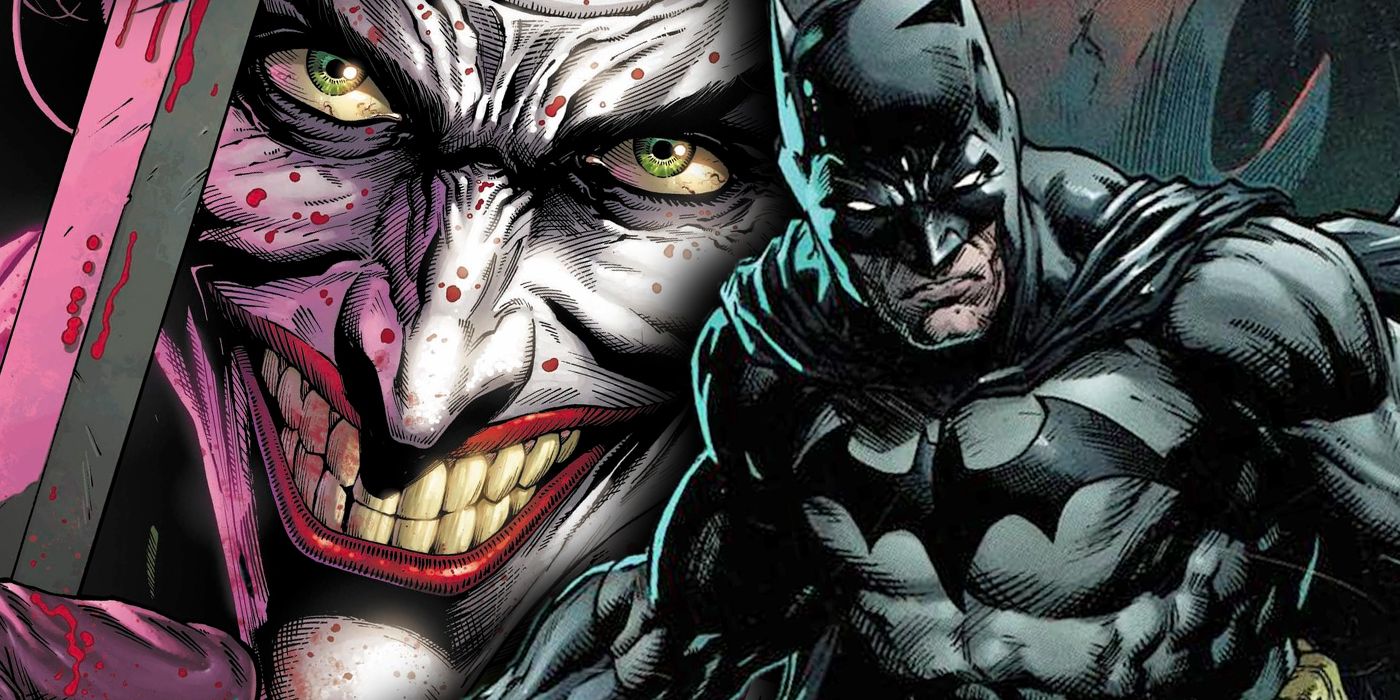

Like Infinity Crisis before it, Geoff Johns posits that the world of DC had grown too dark, too bleak, and that it was up to a line-wide push to set things right. Whether or not you agree with the mission statement of Rebirth is one thing, but the entire premise hinges on the concept of the “mistake” of the New 52. I mention this because – and I think this is important – Rebirth’s unique quality lies in its honesty. When Wally and Barry hugged at the end of Rebirth, did anyone expect Wally to kill a dozen people at a mental health institution in Heroes in Crisis? When Superman started to raise a son, did anyone expect him to disappear and be aged up into an adult, predominantly off-panel? When Doctor Manhattan was revealed to be behind the New 52, did anyone expect Doomsday Clock to look quite like it did – a comic that didn’t even finish before it was overshadowed by an Emmy Award-Winning Watchmen television show? What started as a critically and commercially acclaimed soft reboot of DC’s line – one that built its premise on hope and fighting metatextual corruption – soon spiraled into a series of controversial stories that seemed antithetical to the relaunch’s initial premise.


WARNING: Full spoilers for all of Three Jokers will follow.ĭC’s Rebirth line began over four years ago now, and when bookended with Dark Nights: Death Metal, we see one of the most interesting creative trajectories a comic book company has made in recent history.


 0 kommentar(er)
0 kommentar(er)
